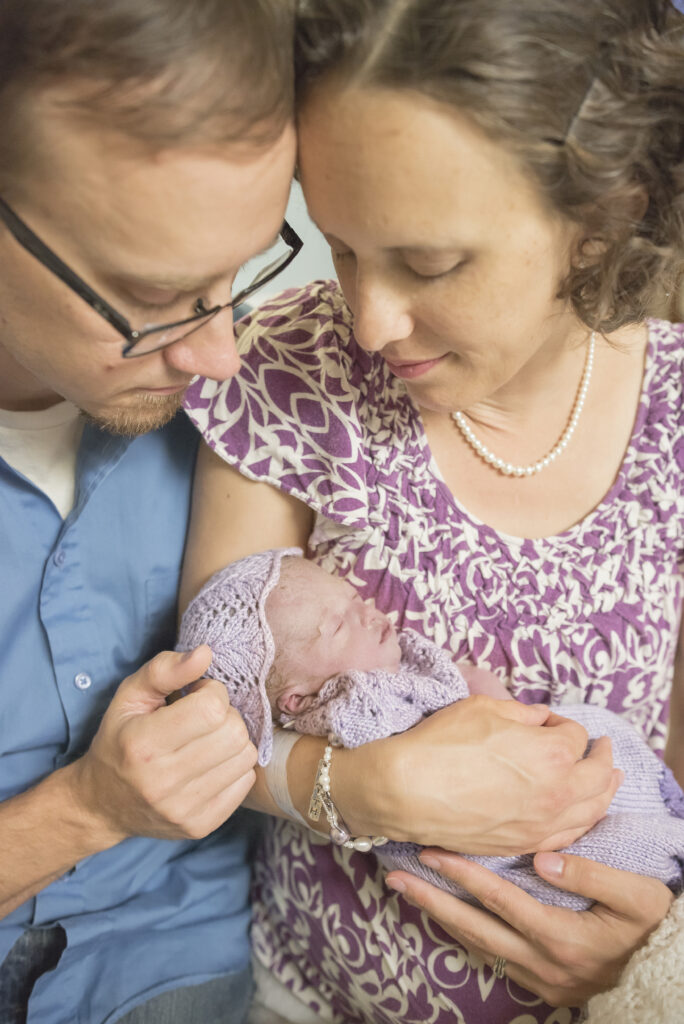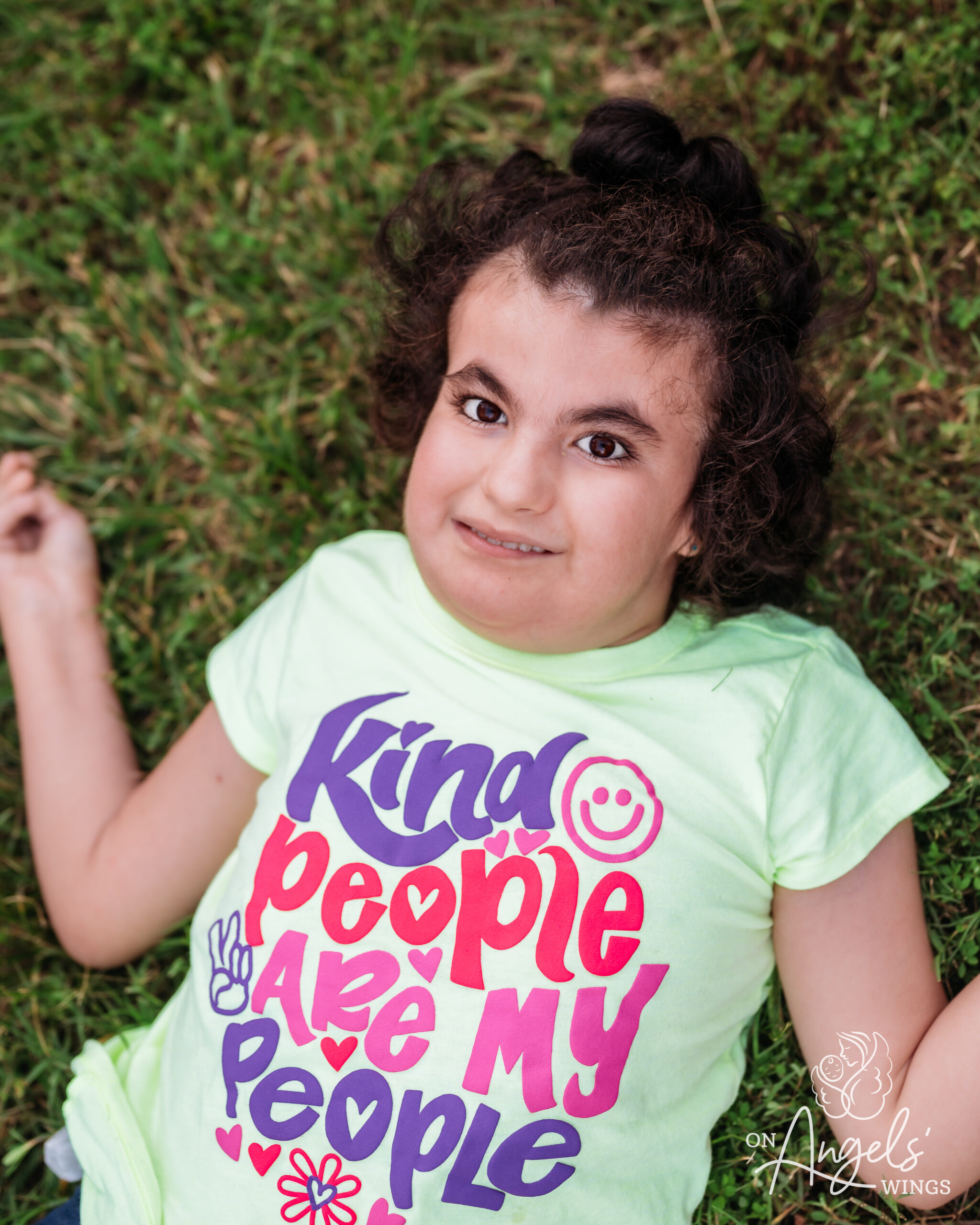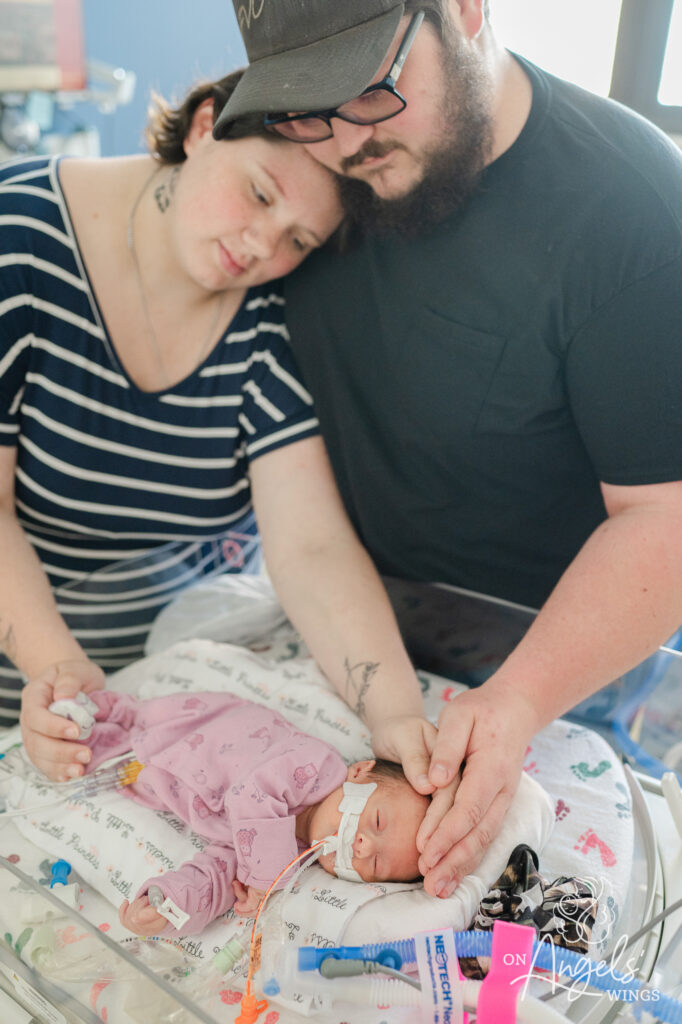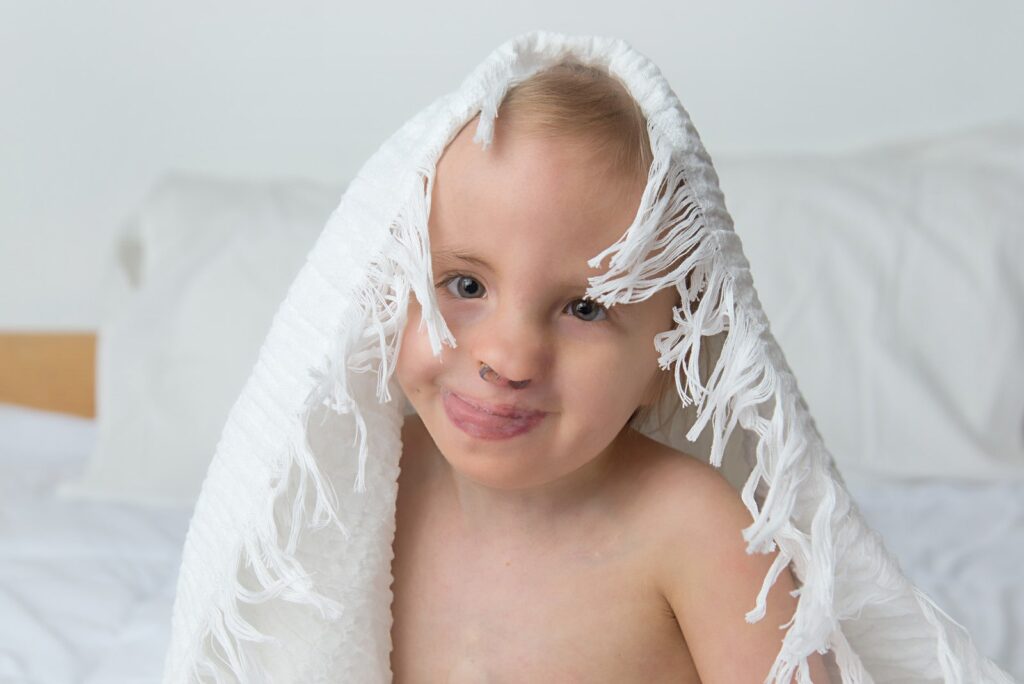By Seraine Page
Have you recently been told your baby has Trisomy 13 or Trisomy 18?
Whether you’ve just learned your child has trisomy or you’ve recently given birth and found out about it, we hope to empower you with the knowledge to feel confident in discussing your child’s condition with his or her health team.
Read on to learn more about trisomy and its impact on your baby’s health.




What is Trisomy?
Those born with trisomy — a chromosome condition — have 47 chromosomes instead of the usual 46. Humans generally have 23 pairs of chromosomes (including two sex chromosomes that determine sex) and 44 chromosomes that direct function and growth.
An alteration in that number or genetic structure of a chromosome is known as a chromosome condition. Trisomy — or “three bodies” — indicates the person has three copies of the chromosomes instead of two.
Trisomy types include: Down syndrome (Trisomy 21), Edward syndrome (Trisomy 18), and Patau syndrome (Trisomy 13).
Trisomy 21 is the most well-known Trisomy disorder. Most with Down Syndrome can live long and happy lives, despite some cognitive delays (children with Trisomy 21 and accompanying medical conditions qualify for services from On Angels’ Wings). Trisomy 13 and Trisomy 18, however, have complex medical conditions that, in most cases, shorten the child’s lifespan.
Related: Ready Cecelia’s Story
The Trisomy Disorder Types
As mentioned above, there are three different types of Trisomy. We will focus on Trisomy 13 and Trisomy 18, as these two variations qualify outright for On Angels’ Wings services.
Trisomy 13

This genetic disorder is also known as Patau syndrome where the baby has three genetic material copies from chromosome 13 instead of two copies. According to the Icahn School of Medicine at Mount Sinai, the extra DNA impacts a baby’s development process.
This disorder occurs in 1 in every 10,000 to 20,000 live births, according to the Cleveland Clinic.
Signs of Trisomy 13:
- Small eyes
- Small head
- Small lower jaw
- Cleft lip or palate
- Clenched hands
- Decreased muscle tone
- Close-set eyes (eyes may fuse)
- Extra fingers or toes
- Hernias: umbilical hernia, inguinal hernia
- Hole, split, or cleft in the iris
- Low-set ears
- Intellectual disability (severe)
- Scalp defects (missing skin)
- Seizures
- Single palmar crease
- Skeletal (limb) abnormalities
- Undescended testicle
At birth, infants may also have a single umbilical artery and potentially may have congenital heart defects. Other complications of Trisomy 13 may include deafness, seizures, feeding problems, vision problems, and breathing issues.
Trisomy 13 Life Expectancy
For those with Trisomy 13, around 13% survive until age 10. Often, these babies have serious health issues with breathing and feeding immediately. Only half of babies with Trisomy 13 live longer than two weeks.
Often, Trisomy 13 pregnancies end in miscarriage due to developmental problems including heart or spinal cord abnormalities.
Related: Read Samuel’s Trisomy 13 Story
Trisomy 18

This condition known as “Edwards syndrome” is rare and happens once in every 5,000 to 6,000 live births. Due to the life-threatening complications that often follow an Edwards syndrome diagnosis, life expectancy is frequently short.
Signs of Trisomy 18:
- Clubfeet
- Low-set ears
- Low birth weight
- Overlapping fingers
- Decreased muscle tone
- Heart & lung abnormalities
At birth, those with Trisomy 18 typically have multiple defects and defining physical attributes, according to The Cleveland Clinic. There is no cure for Trisomy 18.
Trisomy 18 Life Expectancy
Research indicates that 50% of babies carried full-term will be born alive. The survival rate after delivery is between 2.5 to 14.5 days, according to the Minnesota Department of Health.
Around 13 out of 100 live past their first birthday.
Related: Read Winnie’s Trisomy 18 Story
When is Trisomy Detected?
During your first trimester, there are plenty of doctor visits to see how your baby is developing. At this time, ultrasonographic diagnosis can typically detect Trisomy 13 and 18 due to the most commonly seen major malformations.
As your pregnancy progresses, your doctor may recommend:
- First-trimester screening (FTS)
- Nuchal translucency (NT)
- Noninvasive prenatal testing (NIPT)
These tests provide insights that can help assess if an unborn child is developing one of Trisomy’s three genetic anomalies. These tests do not offer a firm diagnosis but provide data on the likelihood that one of these conditions may develop.
Simply having a screening that indicates your baby is at increased risk does not mean the condition is present; it only gives the doctor details on whether further testing is necessary.
Getting a Trisomy Diagnosis
Genetic testing early on in pregnancy can often detect the condition. Shortly after a baby is born, the diagnosis is confirmed with further genetic chromosome testing via blood work and a physical exam.
Additional tests after a pregnancy screening can confirm Trisomy including:
- Percutaneous umbilical blood sampling (PUBS): Blood from your baby’s umbilical cord tests for various health disorders.
- Chorionic villus sampling (CVS): Between 10 and 13 weeks of pregnancy, a small cell sample taken from the placenta confirms genetic conditions and the baby’s sex.
- Noninvasive prenatal testing: After 10 weeks of pregnancy, your blood will be taken to explore if any genetic abnormalities exist in your baby.
- Amniocentesis: Between 15 and 20 weeks of pregnancy, a small sample of amniotic fluid is tested for health abnormalities.
Your healthcare provider will discuss which tests are necessary to properly diagnose your baby if there is an expected Trisomy risk.
Related: Ready Aurora’s Story
Treatment Centers for Trisomy
For babies with Trisomy, it’s essential to have ongoing and regular check-ups with your child’s pediatrician. These regular appointments help improve your child’s quality of life and will also provide you as a caregiver with important skills and knowledge to keep your child healthy.
With Trisomy 13 and Trisomy 18 diagnosis, the term “incompatible with life” is very common to hear.
Some doctors, especially in more rural areas, do not have the knowledge base to care for a child with these diagnoses and often prepare parents for the demise of their child shortly after birth. However, the severity of terminal risk varies with each Trisomy 13 and Trisomy 18 diagnosis.
A note from OAW: Some doctors are unwilling to look at treatment options for a child with a Trisomy 13 or Trisomy 18 diagnosis. We recommend getting a second opinion from one of the top Trisomy care facilities in the nation. Whether you decide on a palliative approach or to fight for your child is up to you, but we believe you must have all of the relevant information about your child’s condition before making a decision.
Trisomy-Friendly Hospitals in OAW Service Areas:
- St. Louis Children’s Hospital – This hospital ranks as the number 1 children’s hospital in Missouri. Resources are available and include social workers, hospital chaplains or clergy, and genetic counselors.
- Cardinal Glennon Children’s Hospital (St. Louis, Missouri) – The team here helps families prepare for delivery and post-delivery needs. Social workers are on hand to help families with the diagnosis.
- Children’s Minnesota – Provides a range of medical and developmental care for children with Down syndrome.
- Riley’s Children’s Health at Indiana University Health – This hospital offers a variety of specialty care, including for those with Down Syndrome.
- St. Louis Children’s Down Syndrome Center – This location accepts patients until age 21. The center provides everything from genetics testing to therapy services for patients.
- Children’s Mercy Kansas City – This medical center works with pregnant mothers to diagnose, evaluate, and treat various conditions of an unborn child. From cardiology to genetic counselors, parents have access to a support team to help them through the pregnancy and birth of babies with Trisomy 18.
Additional Trisomy-Friendly Hospitals or Medical Centers
- Cincinnati Children’s Fetal Care Center – This center’s staff has cared for more than 8,000 high-risk pregnancies since 2004. Second opinions are also available for families working with complex fetal conditions.
- Rady Children’s Hospital-San Diego – This hospital provides counseling and support for a variety of genetic conditions, including Trisomy 18 and Trisomy 13.
- The University of Kansas Health System – Receive prenatal genetic screening tests and support at this location.
Note: Always be sure to call and see if the hospital or treatment center still provides the necessary surgeries or care as policies change often.
Additional Trisomy Resources & Support
As a parent or guardian of a child with Trisomy, the best way to advocate for your child’s health is to learn as much as you can about Trisomy.
Below are a variety of reputable resources to further help educate yourself and others on the topic “What is Trisomy?”:
- Compatible With Love
- Trisomy 18 Foundation
- Hope for Trisomy 13 and 18
- Support Organization For Trisomy (SOFT)
- National Organization for Rare Disorders (NORD)
We hope the above information and resources help you or someone you know who loves a child with Trisomy. If you need FREE therapeutic photography services for your Trisomy 13 or Trisomy 18 child, please reach out to request a professional photo session. If your child has Trisomy 21, your child is eligible for services only if they have an additional condition that puts their life at risk.
More Stories from Trisomy Recipients
Read Elizabeth’s Story